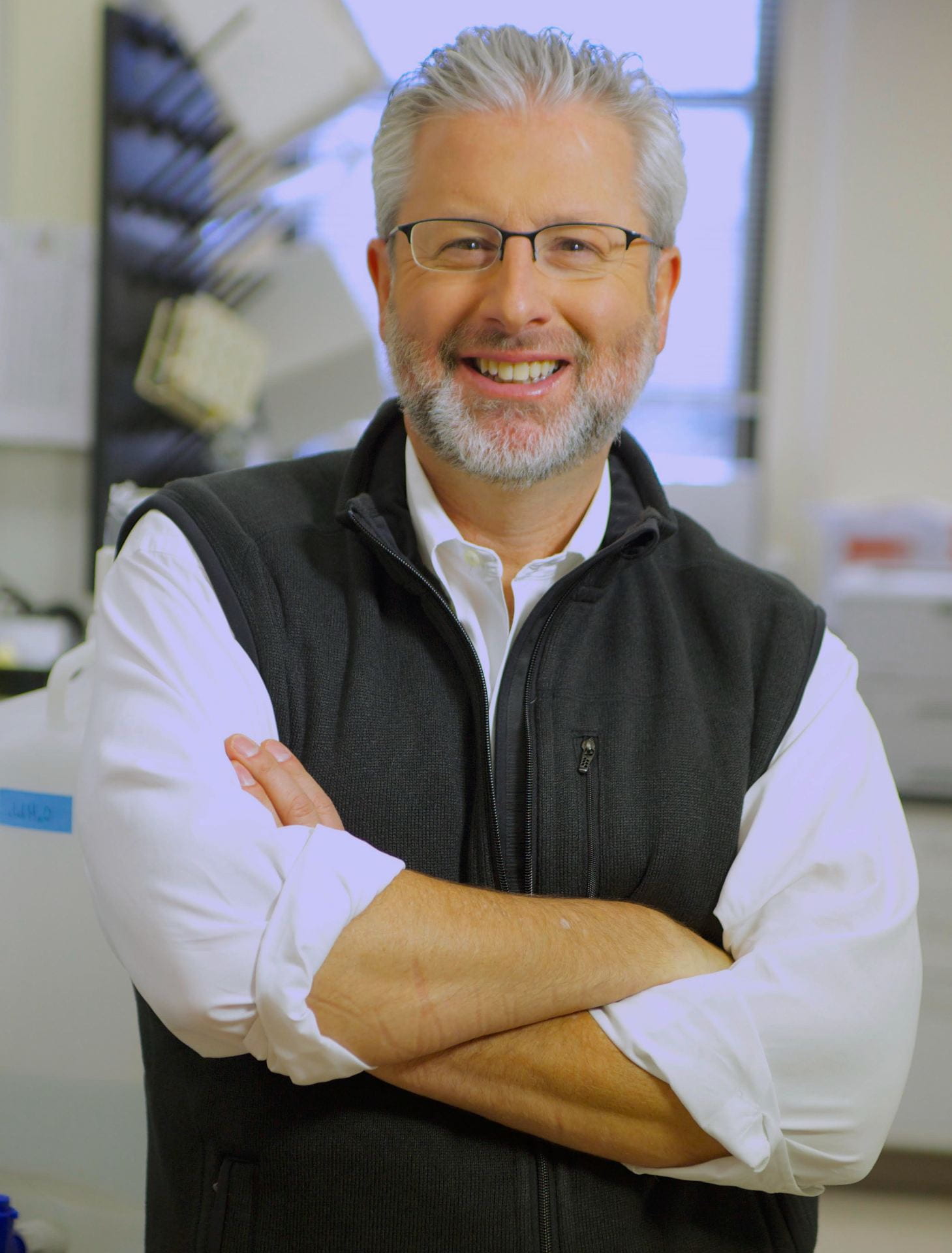
Neil H. Shubin, PhD
Robert R. Bensley Distinguished Service Professor of Organismal Biology and Anatomy
Committee on Genetics, Genomics and Systems Biology
I seek to understand the mechanisms behind the evolutionary origin of new anatomical features and faunas. The philosophy that underlies all of my empirical work is derived from the conviction that progress in the study of evolutionary biology results from linking research across diverse temporal, phylogenetic, and structural scales. The Origin of Novel Faunas and Anatomical Systems: Much of today’s vertebrate diversity was defined by ecological and evolutionary shifts that happened during two critical intervals in the history of the Earth: the Devonian and the Triassic. These periods serve as the focal point for my research because they witness the origin of both new ecosystems and new anatomical designs. My expeditionary research supplies new fossils and a paleoenvironmental context to understand the origin of faunas, whereas our morphological, functional, and developmental studies yield hypotheses on anatomical transformations.
Postdocs
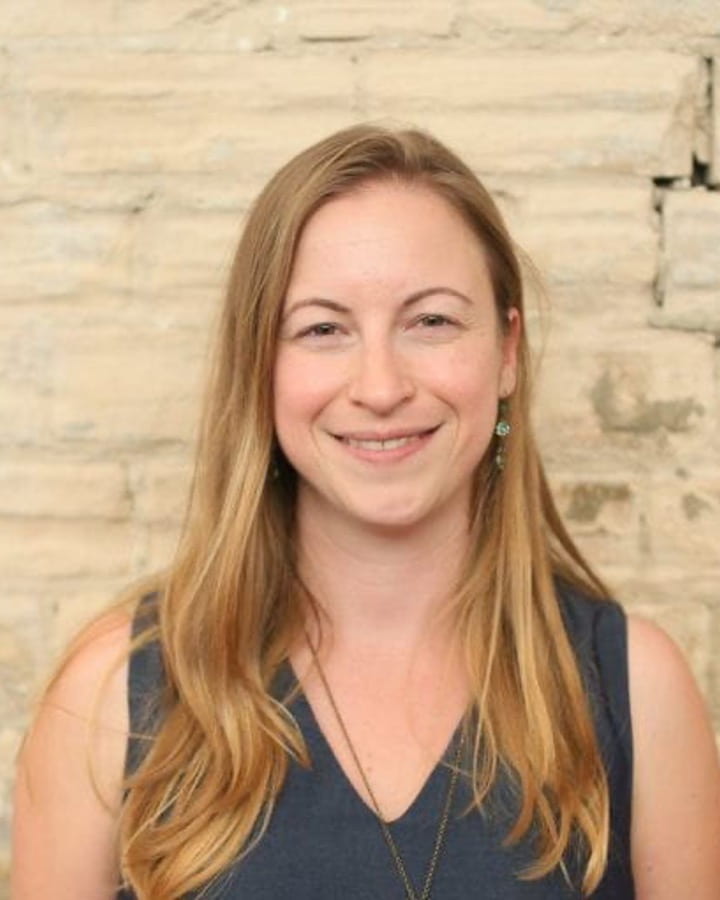
Shiri Kult, Ph.D.
I am a developmental biologist. My research focuses on respiratory system regeneration. I am interested in exploring how evolutionary processes have shaped the mechanisms that regulate tissue renewal. My PhD dissertation focused on elucidating the molecular identity of the cells that attach between tendon and bone during mouse limb development.

Shahid Ali, Ph.D.
I did my BS in Bioinformatics from COMSATS University Islamabad Pakistan, where I worked on the evolution of BBTV of family Nanoviridae. I joined the National Center of Bioinformatics Quaid-i-Azam University, Islamabad for my PhD. My research focused on transcriptional regulation of vertebrate developmental genes. Employing comparative genomics approaches and transgenic reporter assays in zebrafish and mouse, we identified the ancestral gnathostome set of enhancers regulating GLI2 and GLI3 transcription in different developing tissues, including the pectoral fins, CNS and heart. I worked as a postdoc in McMenamin Lab where I researched the postembryonic development of zebrafish paired fins in different thyroid hormone background. In Shubin Lab I am working on the development and evolution of medline fins.
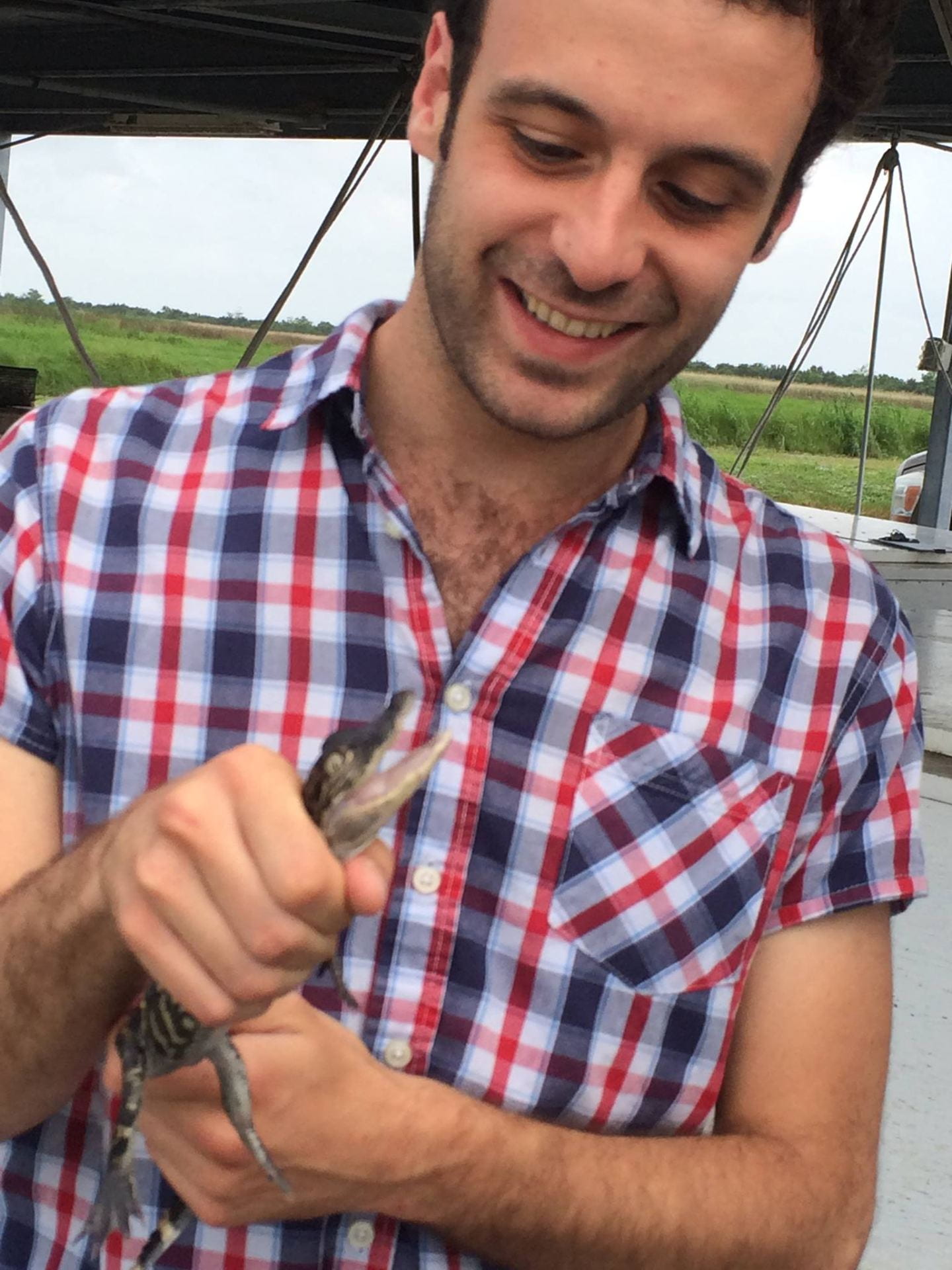
Matteo Fabbri, Ph.D.
I work as an Evolutionary Biologist using an Evo-Devo approach to untangle the evolution of phenotypes among vertebrates. My post-doctoral work combines research on the fossil record of extinct species and developmental biology of modern organisms to understand mechanisms underpinning anatomical innovation of the head across the fish-to-tetrapod transition.
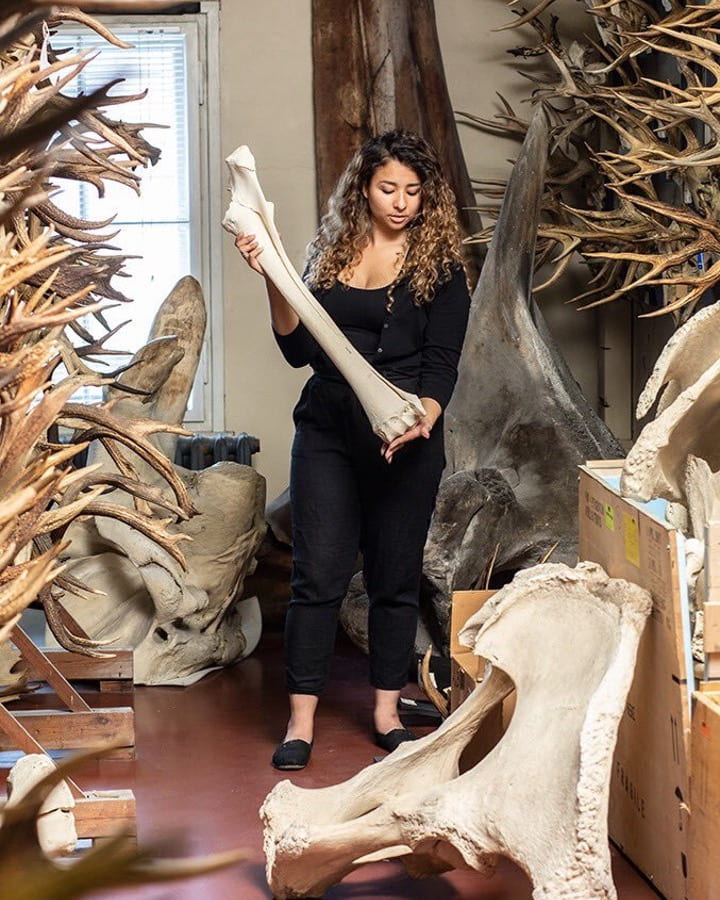
Yara Haridy, Ph.D.
I am a palaeontologist and evolutionary histologist. My research focuses on how vertebrate mineralized tissues evolved through deep time. I completed my Masters on the evolution of tooth attachment at the University of Toronto, Canada. I earned my PhD from the Humboldt University in Berlin Germany, my thesis topic focused on the evolution of bone cells and bone healing. At the Shubin lab I am working on the diversity and origin of mineralized tissues in vertebrates using both modern taxa and fossils.
Additional to my research I also do a lot of scientific outreach and science communication through in person events and various media such as books, documentaries, youtube and twitter.
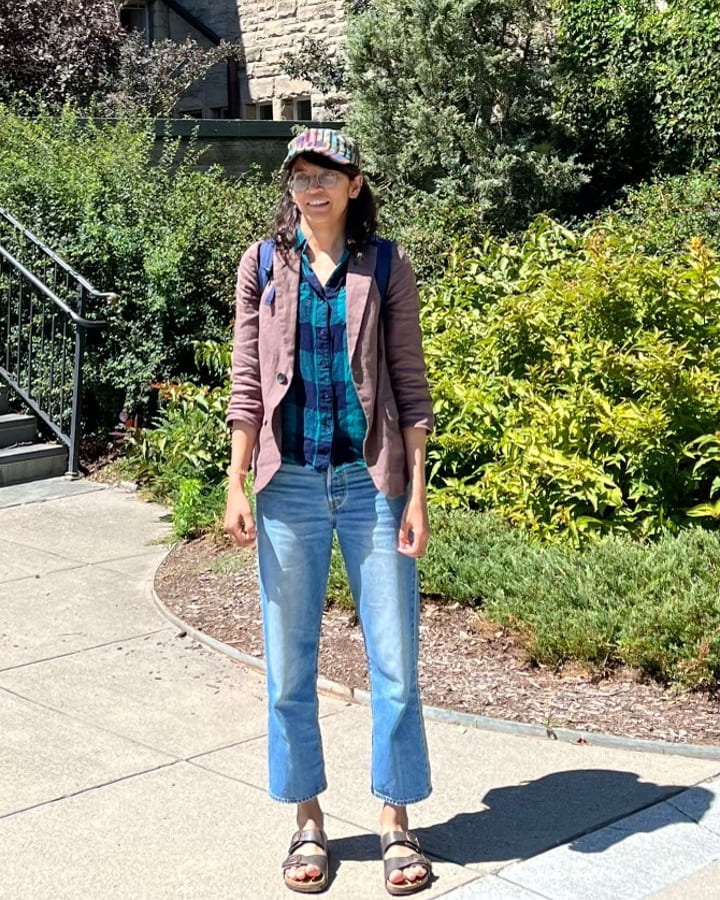
Neelima Sharma, Ph.D.
My research interests lie at the intersection of mechanics, development, and evolution. I am interested in understanding how mechanical and geometrical principles intertwine with developmental algorithms to give rise to animal form and function. Currently, I am investigating the interplay of mechanics and development in joint morphogenesis.
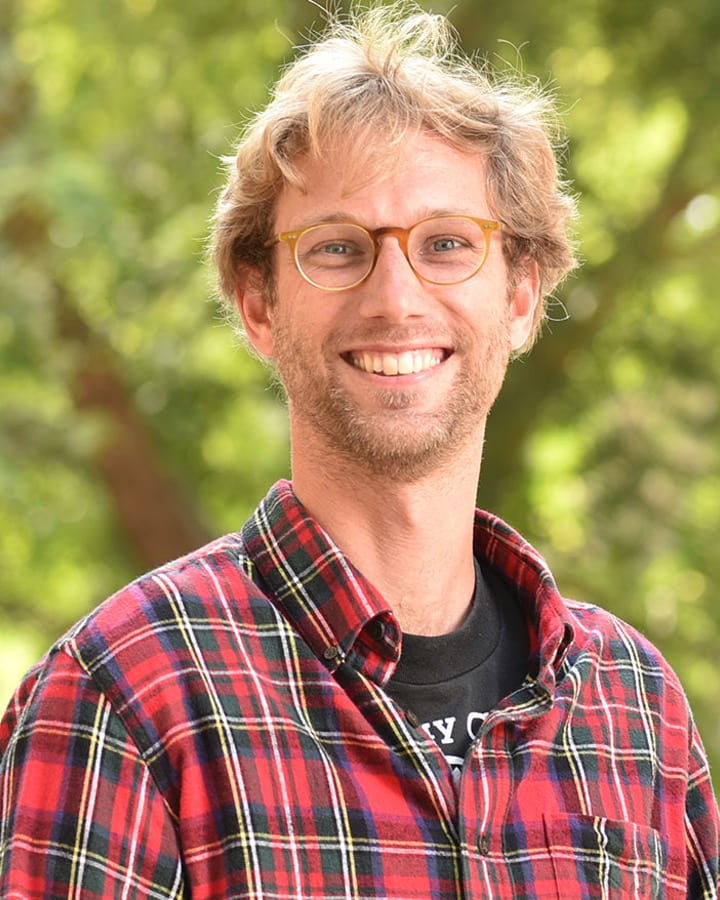
Sam Norris, Ph.D.
I am an engineer who aspires to be a developmental biologist. I received my BS in Materials Science and Engineering at UIUC and my PhD in Bioengineering at UCLA. I am interested in the mechanobiology of tissue development and how mechanical signals dictate changes in evolution. My aim is to explore the physics behind the tooth evolution in fish.
Graduate Students
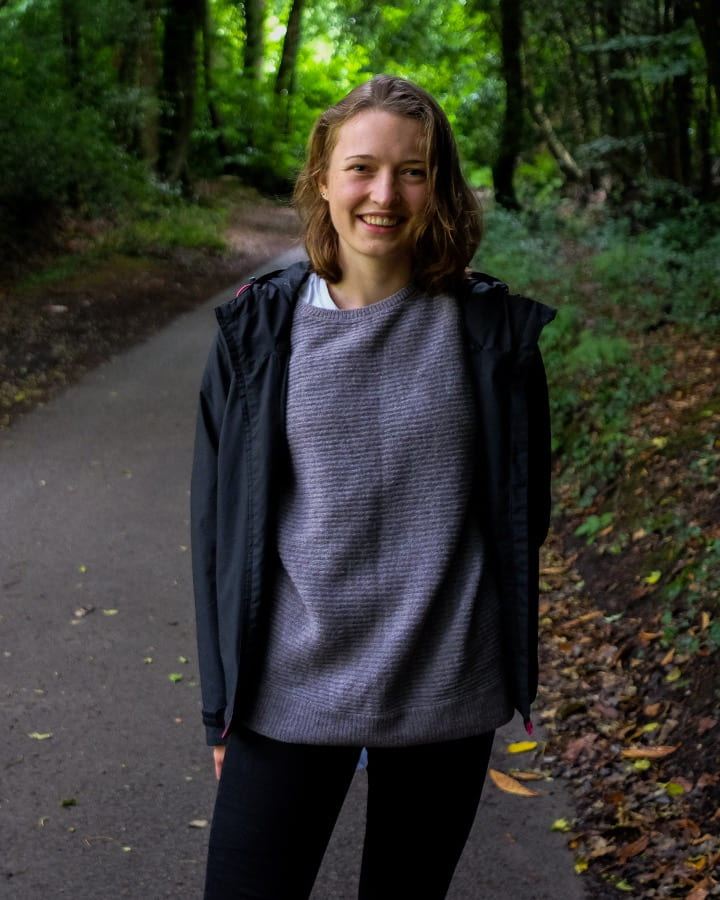
Emily Hillan
I am an evolutionary developmental biologist. I study the origins of evolutionary novelty, using the tetrapod pelvic girdle as a case study. In investigating its evolution during the water-to-land transition, I examine the shift from a single bone to a tripartite structure. This requires using investigative tools from paleontology, functional morphology, and developmental biology.
Staff
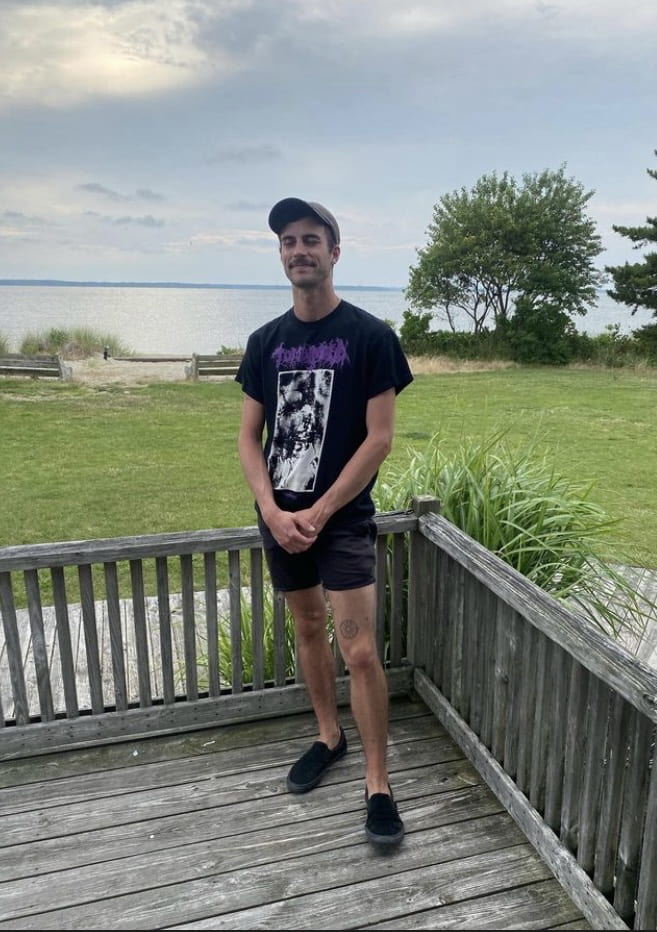
Dylan Jockel M.S.
Lab Technician/Manager
My background is in craniofacial development, morphology and evolution of freshwater teleosts. Currently, I work with researchers in the Shubin lab to complete research related tasks, as well as facilities/resource management.
